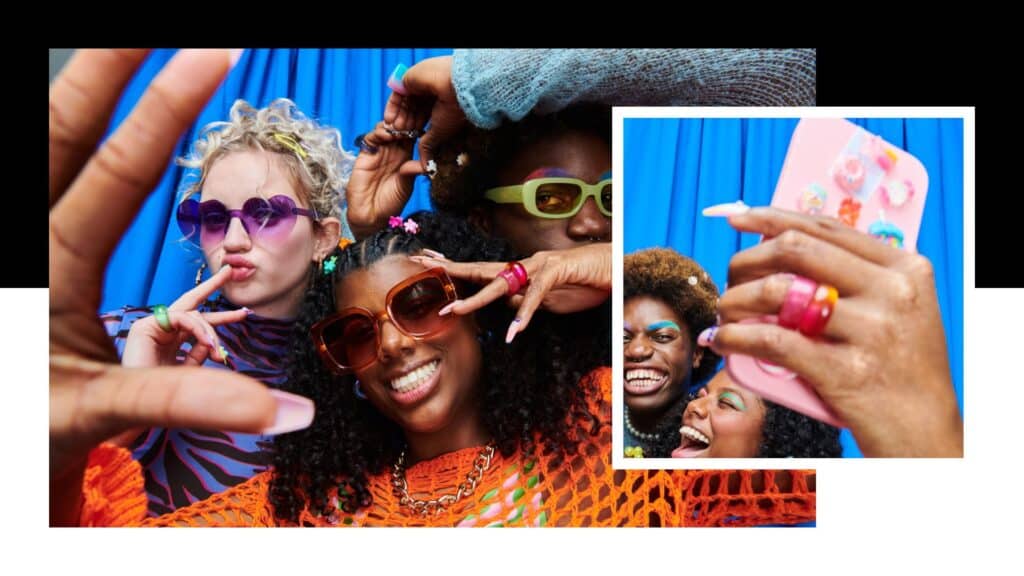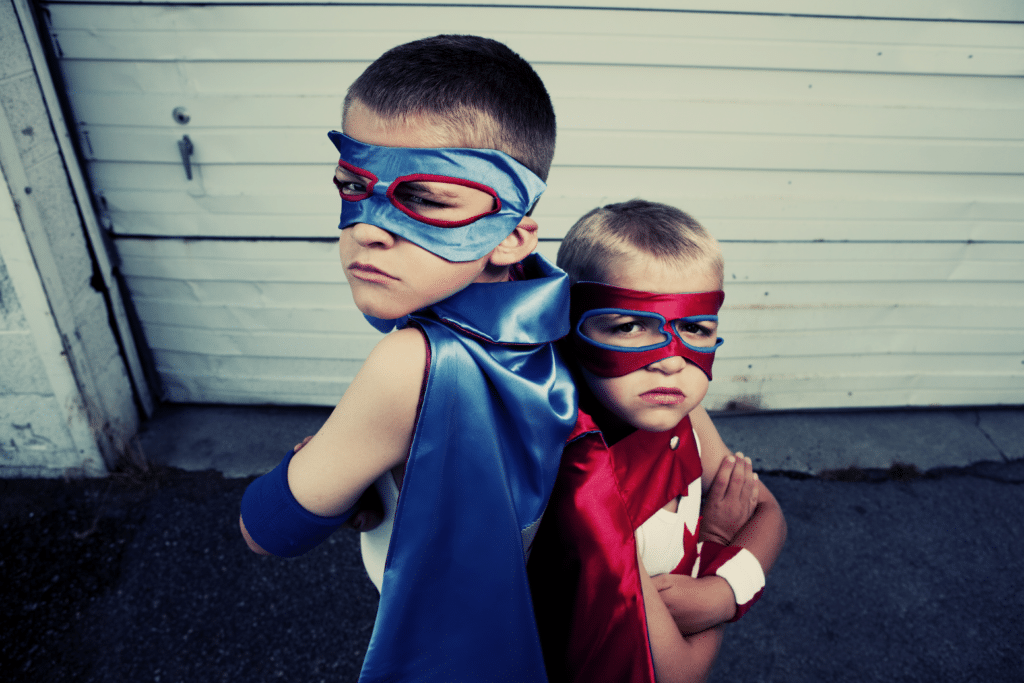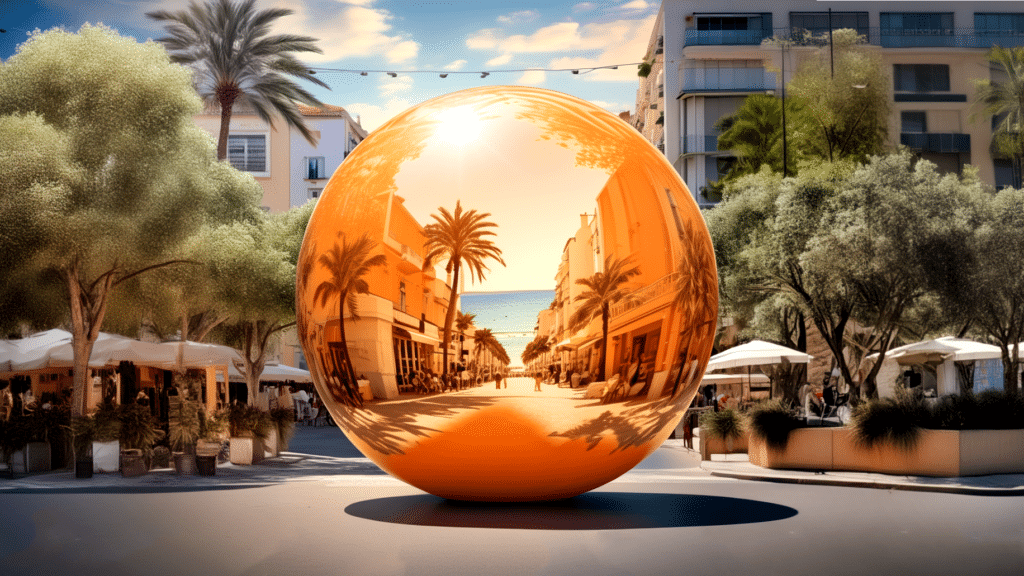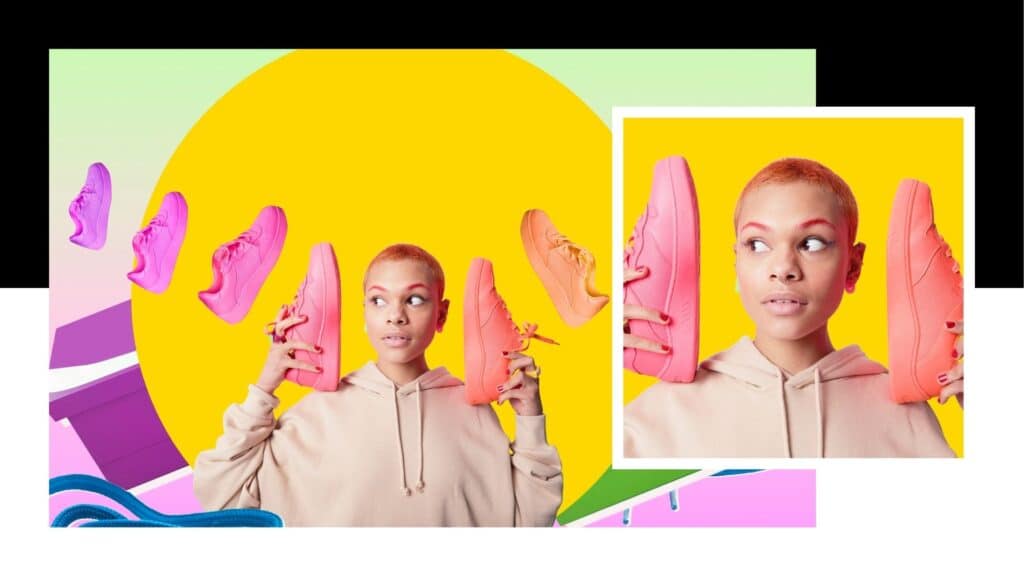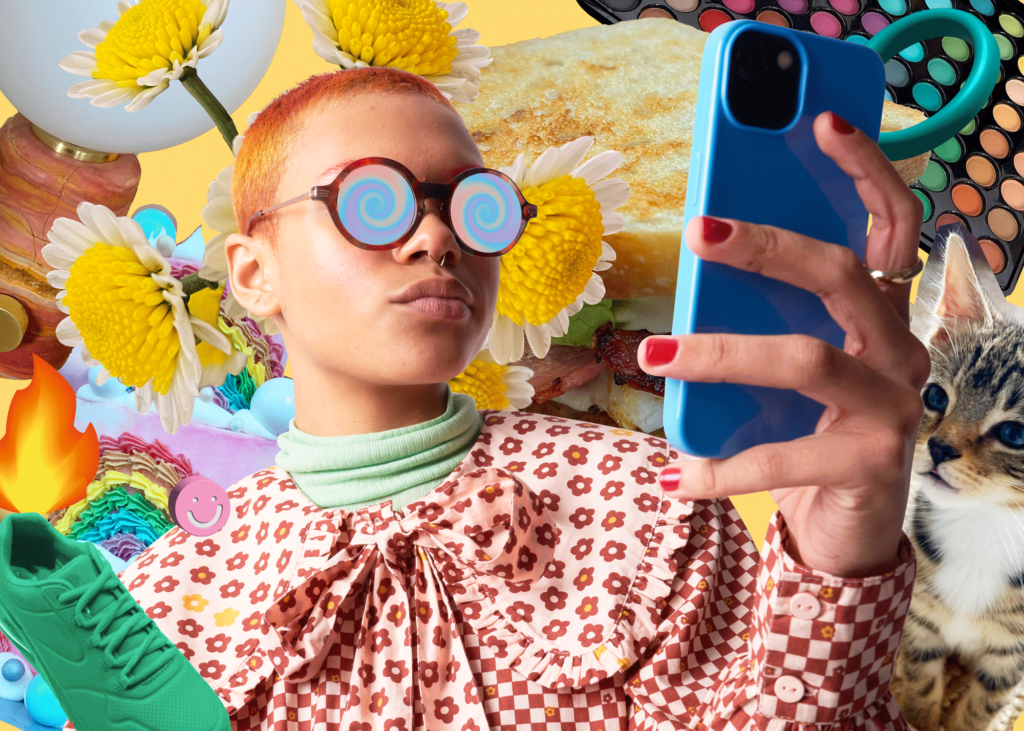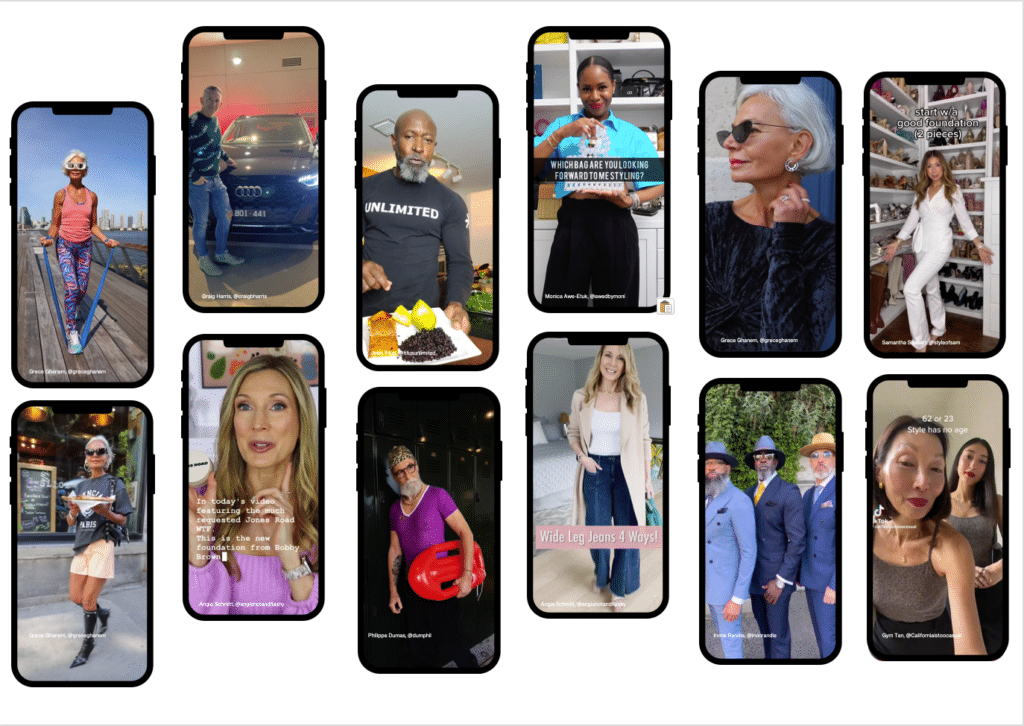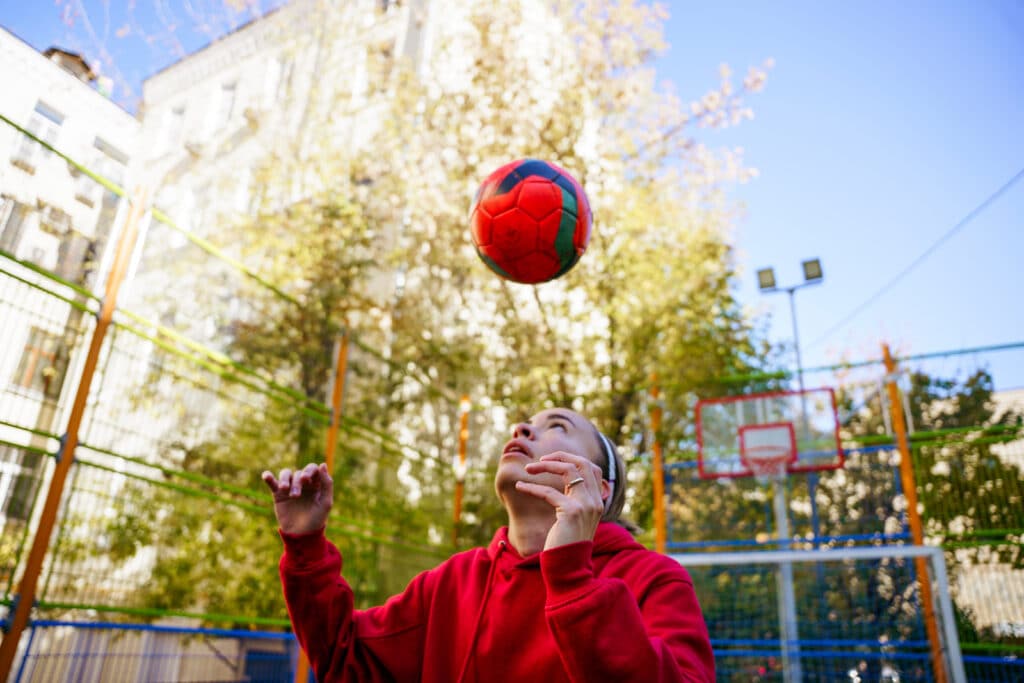Four striped cashmere sweaters are worn in a photographic portrait by a young family with a three-year-old boy and a newborn daughter. This family portrait posted on social media was enough to bring an artisan company from Brianza to Asia. “We had to create a dedicated team to manage all these unexpected contacts” – says the owner of the Uno Cashmere company. That family are the Ferragnez, the ‘Midas’ of influencer marketing.
Many brands are using talents, in the US in 2020, 62.3 % of companies had them.1 In Italy, in 2019, €241 million were invested in influencer marketing. But there is only one Ferragni.
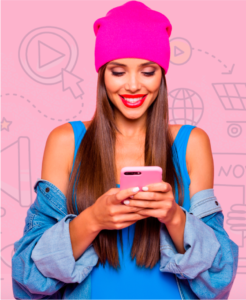 In a world like the one we are living in, it seems like a star is born almost every day, and some are blinded by this new light. It shines so brightly that brands, and sometimes even those who help them, forget the important elements to keep in mind when selecting talent, and instead of analyzing opportunities, as well as threats, they fall for the shining stars.
In a world like the one we are living in, it seems like a star is born almost every day, and some are blinded by this new light. It shines so brightly that brands, and sometimes even those who help them, forget the important elements to keep in mind when selecting talent, and instead of analyzing opportunities, as well as threats, they fall for the shining stars.
Any influencer can get a “one-night stand” with a brand. Trusted influencers leverage data and help the brand define success to get a call back the next day.
Choosing the right one, two sides of the game.
It’s a global phenomenon: the influencer marketing size worldwide was $9.7 billion in 20202, and it is in continuous growth, with a prospected $13.8 billion of value in 2021. The speed of this growth is given by two reasons. Brands are learning how to use influencers and those who help brands are becoming surgical with the use of tools and data.
Brands have learnt the rules. They pay attention to who the audience is, they think about whether it’s better to use a macro- influencer or a few well-positioned micro-influencers and they analyze the kind of post an influencer creates to understand what kind of voice is used. Little by little, they are getting to know that it’s always better to choose someone that share the same values and if you make the right moves, you might get more than expected.
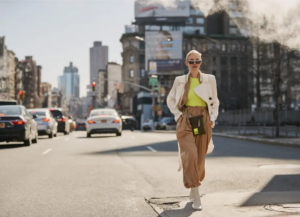 A successful example of this is “Hi-Smile”, a startup that started with a 20K marketing budget all invested in micro-influencers, which got them the credibility and capital needed to reach bigger influencers, such as Kylie Jenner. This approach is what leads the brand to be in a win-win situation with the talent. They reach their audience and the talent is engaged with something they believe in, which makes them the perfect voice. It’s not only about having talent, it’s also about having the right one that speaks your language. Kylie Jenner made Hi-Smile a $40 million dollar brand.3
A successful example of this is “Hi-Smile”, a startup that started with a 20K marketing budget all invested in micro-influencers, which got them the credibility and capital needed to reach bigger influencers, such as Kylie Jenner. This approach is what leads the brand to be in a win-win situation with the talent. They reach their audience and the talent is engaged with something they believe in, which makes them the perfect voice. It’s not only about having talent, it’s also about having the right one that speaks your language. Kylie Jenner made Hi-Smile a $40 million dollar brand.3
Blinded by the lights
It’s true, brands are learning. Just to cite one: Tezenis, with Giulia DeLellis. An Italian influencer with 4.9M of IG followers, who started as an influencer in 2019 wearing their items, to becoming the presenter of the Love Island Italia 2021, where the brand is the main sponsor. It totally hit the bull’s eyes. But not everyone is good at playing darts. There are still brands that follow the masses, choosing the hit of the moment, instead of focusing on the real benefits of partnering up with influencers and talents.
An important lesson to learn sooner rather than later for brands is that they’re not the only ones choosing, it is a two-sided relationship. The influencers and talents themselves have criteria and rules they follow when choosing who to align with. As a brand has its own identity and tone of voice, so does the talent. This is the key point of it all.
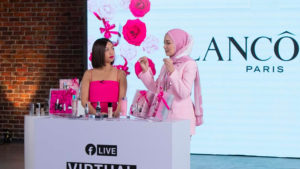 A brand that understood this important lesson is L’Oréal Malaysia, during the Covid 19 pandemic, they leveraged the new opportunities that social media had to offer and created a successful event. Through a 12-hour livestream on Facebook with beauty influencers, celebrities and experts, they put the influencers in their homes, where they interact with their audience daily.
A brand that understood this important lesson is L’Oréal Malaysia, during the Covid 19 pandemic, they leveraged the new opportunities that social media had to offer and created a successful event. Through a 12-hour livestream on Facebook with beauty influencers, celebrities and experts, they put the influencers in their homes, where they interact with their audience daily.
As a result, L’Oréal brought in 1 month worth of online sales, reached 2.6 million people, and delivered over 17,000 chats in just 24 hours. That’s what we talk about when we say well-done content.
So, how can brands make influencers choose them? Firstly, they want to make sure the content delivered is relevant to their audience just as much as brands. But wait it’s not so easy, they also want this experience to be unique both for them and their followers, exclusivity drives interest and willingness to do an extra step. However, even if the brand may comply with the first points, some influencers prefer to be the experts in their field. They know trust is among the most important elements in their relationship with their fans and being a sponsor of something you don’t know anything about might be a bit compromising.
It is important to underline that even if brands are learning how to be successful when selecting talents, sometimes they might fall for the “one-night stand love”, instead of putting their minds into building a long-lasting relationship. Many should learn from Ghd. They nurtured a good friendship with the one and only Chiara Ferragni, a true fan of the product, that after 2 years of successful social media collaboration, in 2021 she became the new Ghd Global Brand Ambassador, in a very important year for the brand: its 20th anniversary. The issue with the one-night stand love is that people can very easily forget the brand and only remember the talent, it could also be that the talent is trying to shine even more and jumps at any opportunity provided. This way it might become a win for the talent, but a loss for the brand.
So, it is important to remember that the objective of working with influencers is that as soon as someone thinks about him or her, your brand also comes to mind. Just like when you hear Sherlock Holmes, you think about Watson.
Keep your friends close, but your enemies closer
Despite brands choosing the right influencer, influencers choose brands too and one thing is certain, your friends today can be your enemy tomorrow.
In the past years, we have seen new brands being born from those who use to be seen as the influencers that brands would partner up with, especially in the beauty and fashion industry. They are assuming a new role: the producers of the most followed brands from all.
Huda Beauty and Kylie Cosmetics were the most followed beauty brand of 2020, with 47.9M and 24.8M followers each. Therefore, among the many challenges that influencers bring, there is also the one-off chance that they become the new competition. In 2018, 80% of professionals in fashion, luxury and beauty activated campaigns with influencers – and almost 76% of them obtained better sales because of these digital creators.
Four years later, the game has changed. Brands need to “keep up with the influencers” and make sure there are opportunities to shine together, rather than the light that blinds them. And more than ever, they must watch out for possible “turn of the back” that can happen at any time.
The renewed importance of the strategic partner
The brands can tackle this new challenge with the help of the agencies and their tools. Focusing the decisions on data is becoming fundamental, it makes taking decisions more effective, and in the end, it leads to successful choices, reaching the goals and winning audiences.
At Wavemaker we help our clients to make the right choice with our MatchMaker. A proprietary tool that allows us to access the largest professional content network and create influential content that brings brand stories to life, putting a media value on the influencer activity to direct where the next € gets invested.
Lesson to learn:
it is not enough to use talent, it is not always right to choose the star of the moment, it is important to understand the real value of who you partner up with, also the best friendships may end in the most unexpected way.
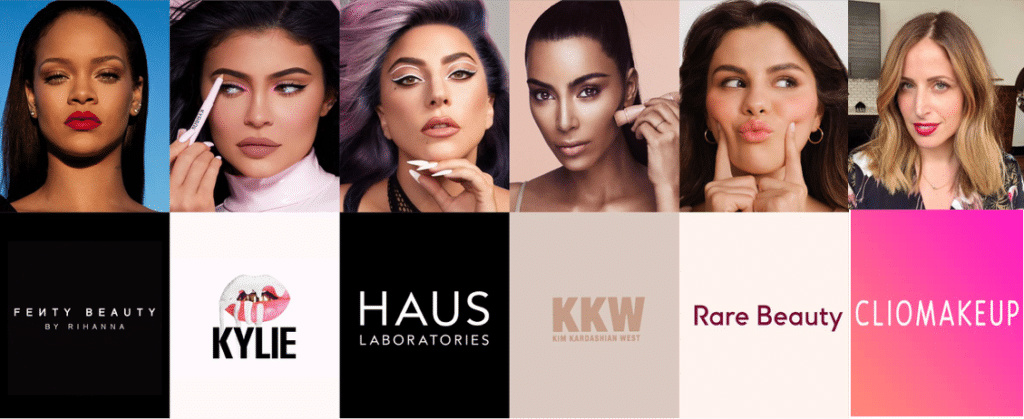
The game has changed, the gap between the influencer and the producer is narrowing
– it will be a tough battle in the fashion and beauty industry.
Michela Noè
Head Of Content Strategy
Arianna Vaini
Influencer Marketing Manager
References
I Statista Influencer marketing usage rate in the United States from 2019 to 2022 https://www.statista.com/statistics/1198525/influencer-marketing-share-usa/Statista Italia, Influencer Marketing Investment https://www.statista.com/statistics/986377/influencer-marketing-investments-in-italy/
2 Statista, Influencer Marketing Market Size from 2016 to 2021, (2020)
3 CNBC, Make It, Kylie Jenner helped two 20-something best friends turn a few thousand bucks into a $40 million brand, April 10 2018
